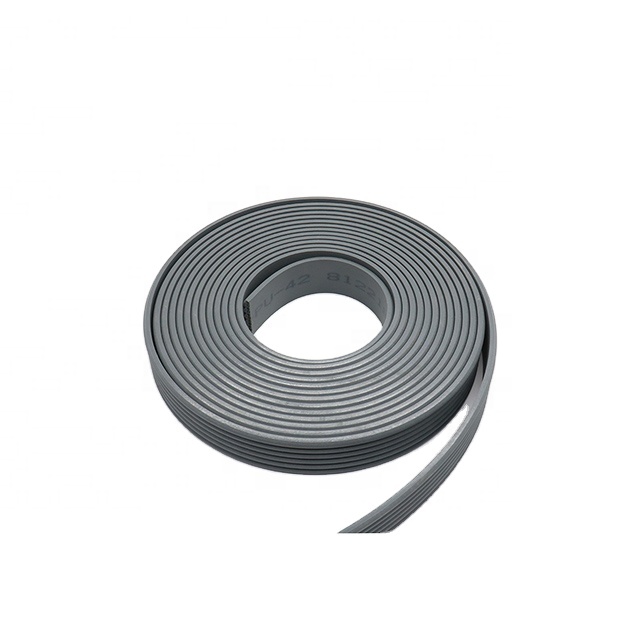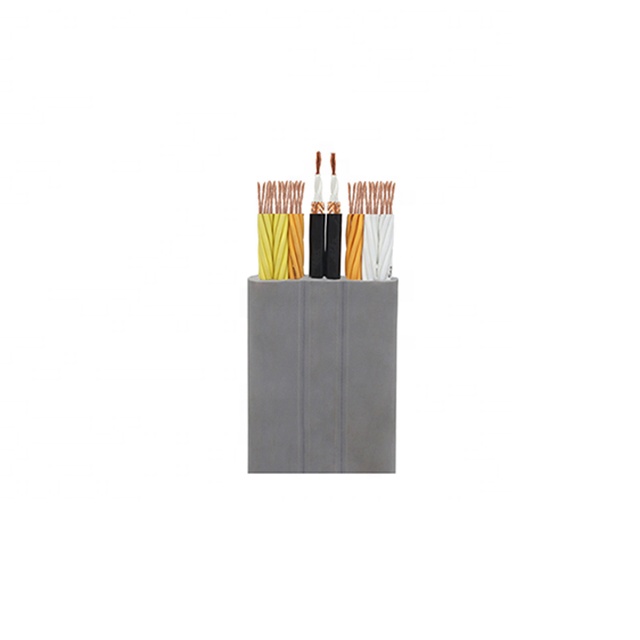Every year during the rainy season, it is common for lightning to injure people or even kill them. Avoiding lightning strikes is the key to avoiding injury. From small to large, we have learned some basic lightning protection knowledge. The following editor will help you to sort out and help you travel safely in thunderstorm weather. 1. Individuals should pay attention to the following points when lightning occurs: 1. Stay indoors and close doors and windows. When it is impossible to hide in a building with lightning protection facilities in the wild, remove metal objects such as watches and glasses, and never avoid rain near the power supply, trees, and poles. Try to reduce the height of the body to reduce the risk of direct lightning strikes. Keep your feet as close as possible. The smaller the contact with the ground, the better to reduce the "step voltage". The best shelters in the wild are caves, ditches, canyons or open spaces under tall trees; 2. It is not advisable to use televisions, stereos and other electrical appliances without lightning protection measures or insufficient lightning protection measures. Keep away from open doors, windows and metal pipes. Unplug electrical appliances and turn off electrical appliances and natural gas. Never use hair dryer, electric shaver, etc. The faucet should not be used; 3. Never touch live equipment such as antennas, water pipes, barbed wire, metal doors and windows, building exterior walls or other similar metal devices. Do not collect clothes on the clothesline or wire. Do not engage in installation work such as fences, telephones or power lines, pipes, or construction steel. Do not handle flammable materials contained in open containers; 4. Do not use or reduce the use of mobile phones. Do not stay near iron fences, metal clotheslines, overhead metal bodies, and rails. Do not stand on the top of a mountain, on the top of a building, or near objects of high electrical conductivity. Low-rise buildings such as buildings, garages, carports, temporary sheds, sentry boxes, etc. that are not suitable for entry and proximity to lightning protection facilities; 5. Do not swim or engage in other water sports or activities. It is not advisable to stay in swimming pools, lakes, beaches, paddy fields, etc. and boats. Not suitable for outdoor ball sports. Umbrellas should not be used in open areas. Should not carry hoe, shovel, badminton racket, fishing rod, golf club, etc. on the shoulder; 6. When you feel the body is charged, such as the hair is standing up, or the skin has a trembling sensation, to understand that you may be subjected to electric shock, you should immediately fall to the ground, after the lightning, call someone for help; 7. It is not advisable to ride a horse, ride a bicycle, drive a motorcycle or a tent tractor. Cars are often excellent lightning protection facilities because of their shielding effect. Even if the lightning strikes the car, it will not hurt people. 2. The unit should prevent lightning disasters from these aspects: 1. The unit should regularly inspect the lightning protection facilities by a qualified professional lightning protection inspection agency to assess whether the lightning protection facilities meet the requirements of national regulations. At the same time, the unit should establish a person responsible for lightning disaster prevention to be responsible for lightning protection safety work, establish various lightning protection safety work standards, and establish regular detection systems for various lightning protection facilities. After thunderstorms, safety inspections should be carried out and daily maintenance of the facilities should be done. After the thunderstorm passes, you should check whether the overvoltage protectors installed on the power supply and signal lines of electrical equipment such as telephone program-controlled switches, computers, etc. are damaged, and replace them in time if they are found to be damaged; 2. When designing and constructing lightning protection facilities, the construction unit should consider comprehensively according to factors such as geology, soil, meteorology, environment, characteristics of protected objects and lightning activity laws, and adopt safe and reliable design, advanced technology, and economic and reasonable design and construction. the way; 3. Lightning protection equipment, devices, and equipment that meet the national standards in technology and quality should be used, and non-standard lightning protection products and devices should be avoided; 4. Newly added construction and newly installed equipment should simultaneously redesign and construct the lightning protection system. For example, the re-laying of computer network cables, the displacement and heightening of outdoor antennas should redesign and construct lightning protection facilities; 5. When a lightning disaster occurs, the situation should be reported to the relevant departments in time, so as to deal with it in time and avoid being struck by lightning again.
Elevator ropes are highly engineered and made of steel with other composites. Also they are not single wires but several strands of various sizes wrapped together. A typical cable or rope can have over 150 strands of wire precisely designed to be strong, flexible, and give long service. Multiple wire strands are used to increase the life of the cable and give flexibility. When you run a cable over a pulley wheel or sheave, the part of the wire on the sheave makes a shorter trip than the outside of the wire. This stretching over time would create weakness for a single strand. So elevator ropes are flexible strong and give long life if maintained properly.
The types of rope in an elevator can vary depending on the job that they need to do. Here are some of the more common ropes you can find lurking in your hoistway:
Elevator Cable,Elevator wire rope,Lift ropes,governor rope,Elevator steel wire rope,Elevator steel cable Suzhou Keffran Parts Co.,ltd , https://www.keffran-elevatorsmart.com
1. Hoisting Ropes – These are the ropes you see in all the movies. Several are used to suspend the elevator cab and make the car go up and down. These are also the cables used for the counterweights as the counterweights and elevator car are in the same system. The counterweights do just what they are called; they counter the weight of the elevator car when loaded so it takes less effort to move the car up and down. High-strength ropes are used in high rises due to the required speeds that you see today. For instance the fastest moving elevator car in the world, hits a speed that you would find on freeways; an astounding 45 miles per hour! Ultimately the grade of steel is not only determined by the speed but on the car capacity as well. The heavier the weight the car can lift, the higher strength required.
2. Governor Ropes – A governor is part of elevator safety that you will find in the hoistway or overhead space. The second that an elevator car starts falling or even rising too fast, the governor triggers the safety mounted on the car frame and brings the car to a halt. The governor rope runs over the governor sheave and down to the elevator car and is attached to the safety trip mechanism. The governor rope continues all the way down to the pit and runs under a sheave down there and then makes the journey back to the governor. This governor rope arrangement forms a continuous loop while the elevator moves up and down the hoistway. If the car starts going too fast, centrifugal force pushes flyweights outward in the governor against the spring. In simplistic terms it tells the brakes to kick in and stops the car from falling or rising too quickly. As this entire safety system relies on the governor rope, it is very important that it is reliable and in great working condition.
3. Compensating Ropes – Turns out that all of the cable or rope to make an elevator car go up and down is really heavy. This is especially true for really tall buildings. Think about this; a standard one inch elevator cable can weigh 1.85 pounds per foot. As elevator cable makes several trips up and down the hoistway, this weight can really add up. So compensating ropes [compensate" for all the weight of the hoisting ropes on the car or counterweight side. Probably any elevator that exceeds 100′ of travel needs these ropes that are connected to the sling that holds the car and the counterweight frame.
The most important thing about any elevator rope is that they must be in good operating condition at all times. This means inspected often. The technician when performing routine checks doesn`t just look up the hoistway, nod their head and move on; they must check the ropes closely for proper tension, any wear patterns, the diameter of the rope, any rusting, pitting or breaks in strands, the sheaves, proper lubrication and connections.




How should individuals and units in thunderstorm weather prevent lightning strikes?
